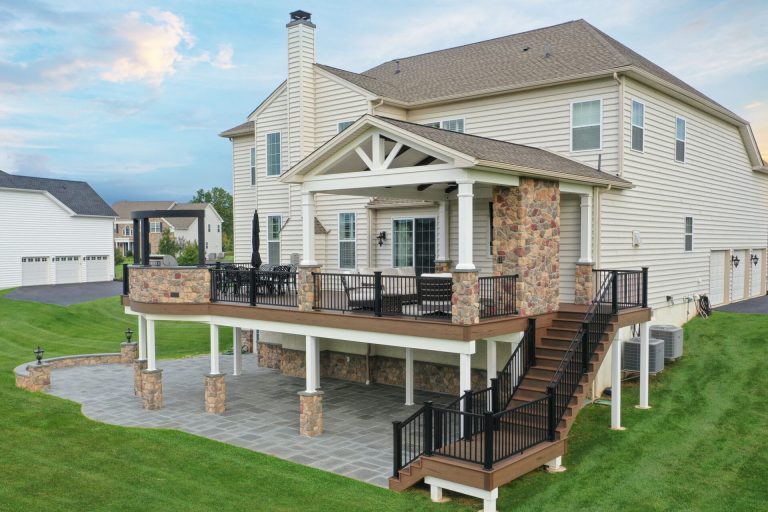Pergola Design & Build: Transforming Outdoor Spaces
Pergola Design & Build
Pergola Design & Build, where we transform your outdoor spaces into stunning areas of relaxation and entertainment. Pergolas are versatile structures that not only enhance the beauty of your outdoor space but also provide shade and a place to entertain guests, dine, or relax.
Pergola Designs
- Traditional Pergolas: Characterized by their classic architectural elements, often constructed from wood with lattice roofs.
- Modern Pergolas: Featuring sleek designs with clean lines, typically made from metal or vinyl for a contemporary look.
- Custom Designs: Tailored to fit unique spaces and individual tastes, combining elements from various styles to create a personalized pergola.
Pergola Design & Build
- Design and Material: The choice of design influences the materials used, affecting both aesthetics and durability.
- Space and Size: The available outdoor space dictates the size of the pergola, ensuring it complements rather than overwhelms the area.
- Functionality and Features: Additional features like lighting, heaters, or curtains enhance the pergola’s functionality, making it usable year-round.
Pergola From Concept to Completion
- Consultation: Discussing your vision, preferences, and the functionality you want from your pergola.
- Design Planning: Selecting a design, materials, and additional features based on your needs and budget.
- Construction: Building your pergola with attention to detail and adherence to safety standards.
- Finishing Touches: Adding lighting, furniture, and décor to complete your outdoor oasis.
Enhancing Your Outdoor Living Experience
Our commitment to excellence ensures that your Pergola Design & Build project not only meets but exceeds your expectations. From the initial consultation to the final reveal, we’re dedicated to transforming your outdoor space into a beautiful and functional extension of your home.
Get Started on Your Pergola Project Today
Contact us to schedule a consultation and take the first step towards creating your dream outdoor space with a beautifully designed and expertly constructed pergola.



